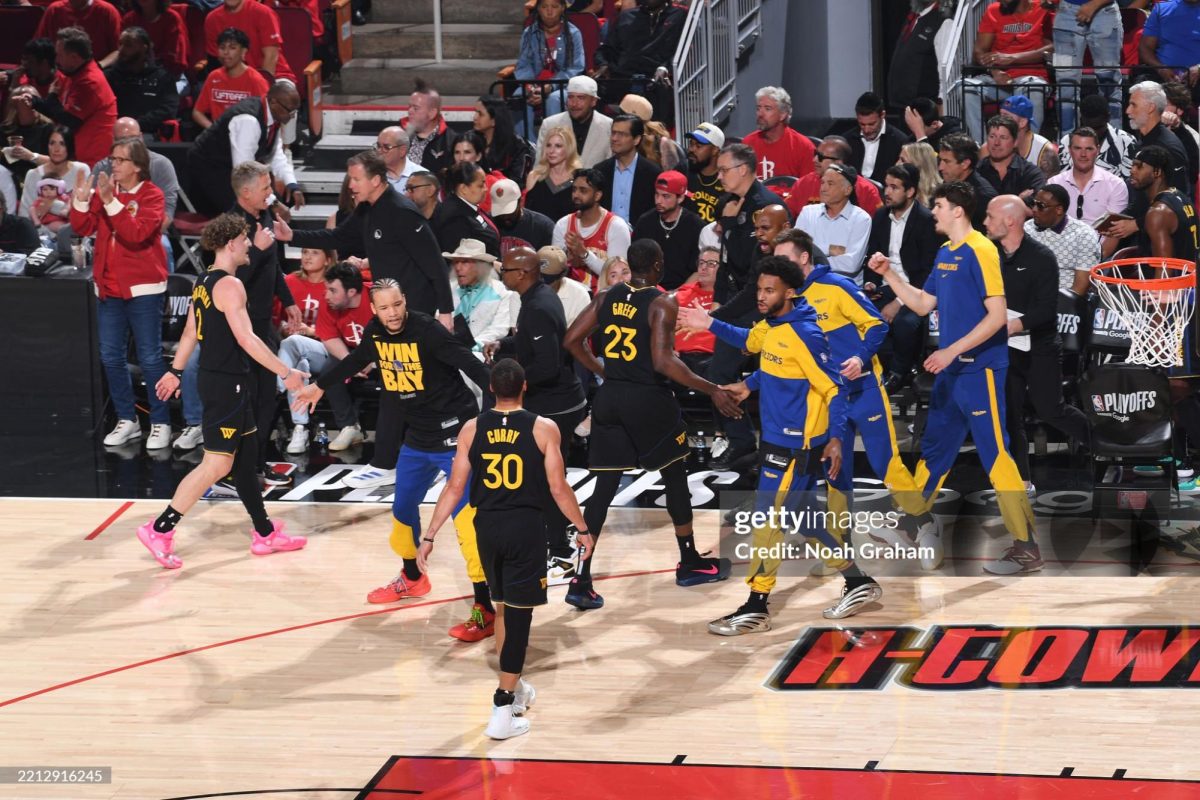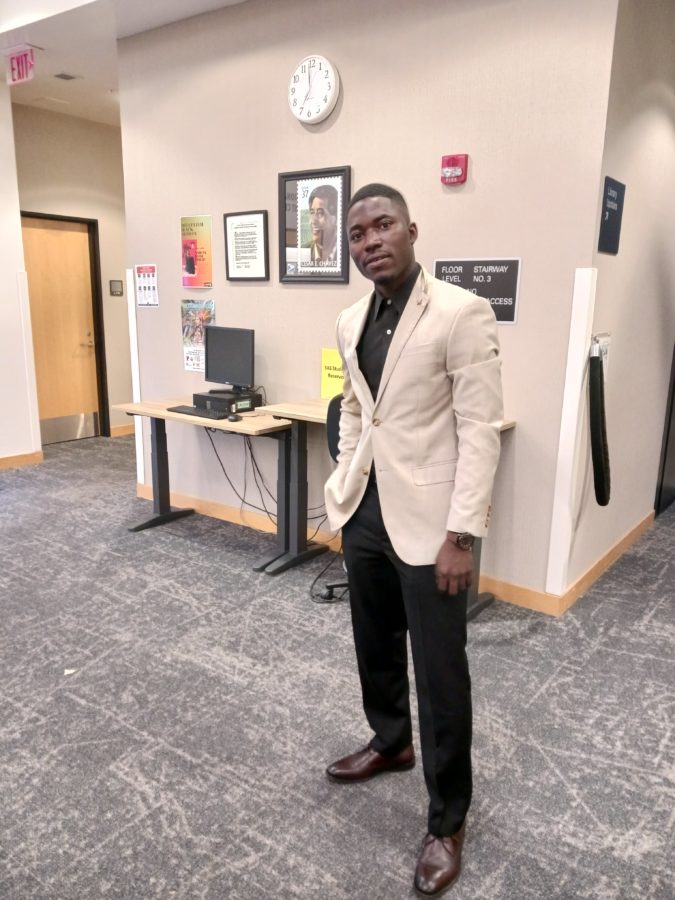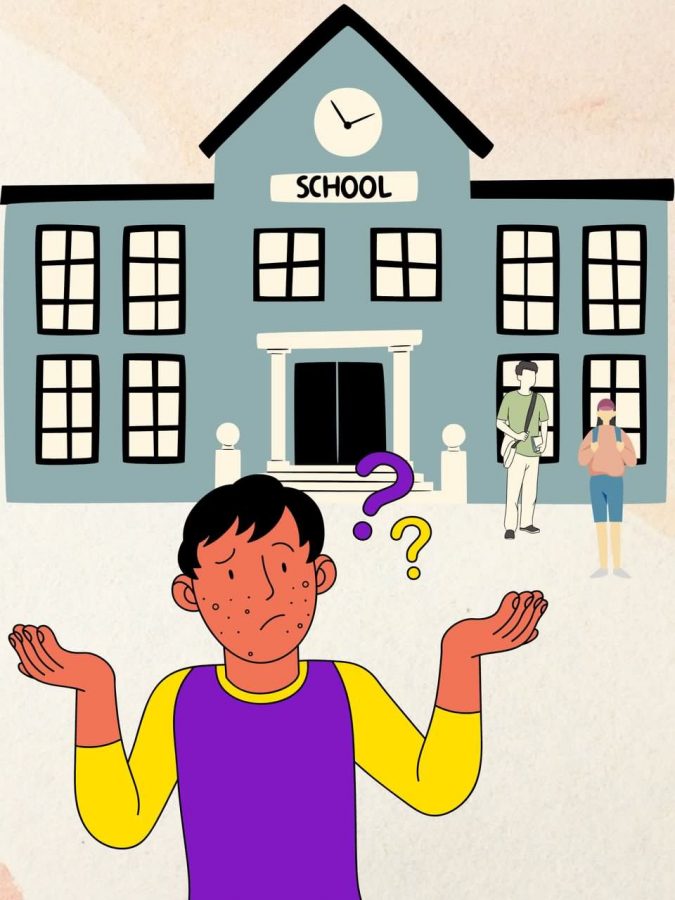Entering college can be an intimidating task for some students, where there is minimal room for errors when it comes to gradua-tion and transfer requirements.
A majority of students have come to heavily rely on counselors to help them through the entire process.
Counselors assist many students with understanding what classes are required, signing up for the correct classes according to placement scores and helping students transfer or graduate with the desired degree.
A problem that is vocalized by students of all backgrounds and age groups is an issue with miscommunication between counselors and students.
Having to go in for drop-in appointments in the counseling department is something that most students have had to deal with when faced with an issue.
Drop-in times are set up differently from typical scheduled appointments. Drop-ins are done on a first-come, first-served basis.
Sign-up times are typically closed after the list has reached full capacity, which can be within an hour of sign-ups opening.
It can be problems with classes, placement scores or issues with transferring or graduation.
More often than not, students leave even more confused and frustrated after waiting a few hours to have their questions answered.
Another drop-in appointment is made, another counselor seen and even further confusion results. A different counselor can either explain things clearly or give contradictory advice.
Bridging the gap of understanding between students and counselors, as well as counselor-to-counselor, will not only help relieve some major stress on both sides but can also affect overall student morale, improve graduation rates and help students understand what they need to do to graduate or transfer after community college.
Coming to San Jose City College, I was completely unprepared and uninformed as to what was exactly required of me.
My first meeting with the Counseling Department was when I came in for a drop-in appointment, completely unsure of how to sign up for classes, what class-es to sign up for and what these placement tests were.
After waiting for what turned out to be a few hours, I was handed a piece of paper and simply told, “Sign up for classes from each of these categories-that’s how you will get a degree.”
I left extremely confused, and not at all ready for my first semester of college.
Throughout my first semester, I had several more encounters with the Counseling Department similar to my first experience, until I found my counselor.
I was able to ask him the same questions, and he was able to explain things and helped me understand exactly what was needed of me to transfer to a four-year.
He even recommended Guidance 96, a class that thoroughly goes through graduation requirements, transfer requirements and helps students find a career path.
The question becomes: What can be done on both sides to help bridge the understanding between counselors and students?
Better communication and understanding among counselors would be helpful.
Having counselors meet together and go over their explanations to basic questions and expand on their knowledge of school policies would provide each and every counselor with the same base knowledge needed to provide the best service for students.
On the student end, patience is a key to providing a better experience.
This, along with a better understanding of what questions they need answered and preparing for meetings, would help the experience overall.






